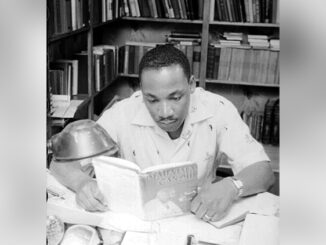
At the beginning of 2020, the U.S. economy seemed to be doing well. There were not too many people without jobs, and people were buying goods and services. That meant that the economy was growing.
Then things changed. COVID-19 appeared in the United States. Social distancing became an important way to fight the virus—people cannot spread the virus if they are far apart. But that impacted businesses.
Some businesses are considered essential, or needed. People always need grocery stores, banks, medical services, and services like plumbers and electricians to take care of their houses and businesses. Essential businesses stayed open. Some of them even hired new workers.
But other businesses, like furniture stores, hair salons, movie theaters, and gaming stores, were considered non-essential. They temporarily closed to prevent the spread of COVID-19. When they were closed, they couldn’t sell things or serve customers. Business owners were making less money, and that meant that they had to make hard decisions. Even as these businesses started to open up, many of them served fewer customers to that people could social distance.
How did these measures affect non-essential businesses? Most of them did not make as much money as they made before. Some business owners didn’t have enough money to pay employees, so the people who worked for them lost their jobs. For some businesses, making their staff smaller didn’t help enough. They had to close their businesses because they didn’t make enough money to pay their bills.
Many experts believe that it will take years for some businesses to fully recover from COVID-19. And some may never re-open at all.
What Do You Think? How has COVID-19 affected businesses? How do you think businesses might recover again?
Photo Credit: Wendell and Carolyn/Getty Images



